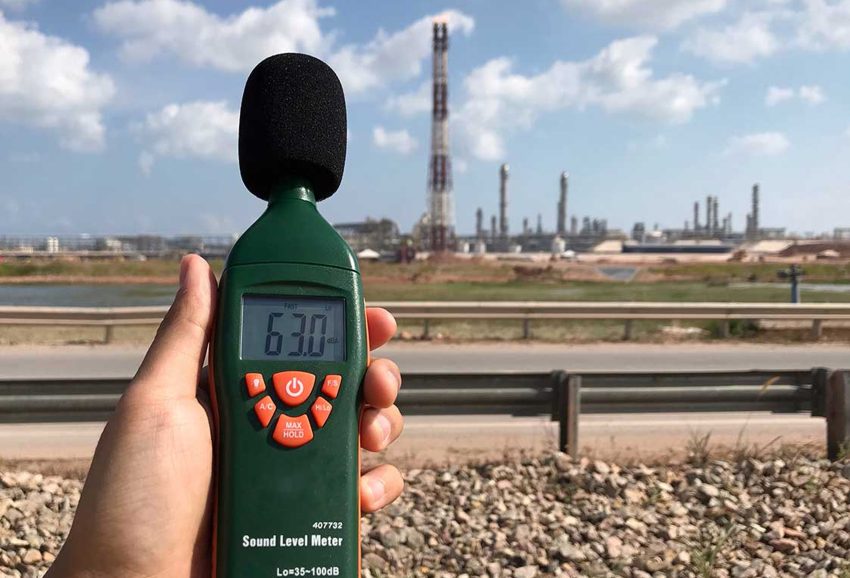Workplace noise is an often-overlooked hazard that poses significant risks to employee health and safety. Excessive exposure to noise can lead to permanent hearing damage, stress, fatigue, and even cardiovascular issues, all of which can negatively impact employees’ well-being. Beyond health concerns, noise can reduce focus and communication, leading to decreased productivity and efficiency in the workplace. For organisations, unmanaged noise levels can also result in potential legal consequences, including non-compliance with occupational health and safety regulations. This is why conducting a detailed noise survey is critical for businesses across various industries. A noise survey helps identify high-risk areas, ensures compliance with legal standards, and creates a safer, more productive environment for everyone.
Legal Requirements for Workplace Noise Levels
The Control of Noise at Work Regulations 2005, applicable in the UK, place a legal duty on employers to assess, manage, and control noise risks in the workplace to protect employees’ hearing. These regulations establish clear limits for acceptable noise exposure, with an upper action value of 85 decibels (dB) and a lower action value of 80 dB. If noise levels exceed the legal thresholds, employers are required to take prompt and effective action to reduce the risks, such as providing hearing protection, implementing engineering controls, or redesigning workspaces to minimize noise exposure. Employers must also provide employees with adequate training and information on noise risks and how to protect their hearing. Failure to comply with these regulations can result in serious legal consequences, including fines, legal penalties, or compensation claims from affected employees who experience noise-induced hearing loss or other related health issues. Conducting a noise survey is a crucial step in identifying areas of concern, measuring noise levels, and developing an appropriate action plan to ensure compliance with the regulations and safeguard employees’ well-being.
How to Conduct a Noise Survey
A noise survey measures and evaluates the level of sound in specific work areas to determine if they meet regulatory standards. Typically conducted by qualified professionals, the process begins by identifying areas and tasks with high noise levels. Using specialised sound level meters, experts calculate averages, peak levels, and daily exposure rates, providing a comprehensive view of potential risks. The results are then carefully analysed, highlighting whether action is required to mitigate excessive noise.
Controlling Workplace Noise
If noise levels are found to exceed safe limits, the next step is to implement control measures. Businesses can adopt a range of strategies, such as engineering controls that modify equipment to operate more quietly. Administrative measures, such as rotating shifts to limit exposure time, are also effective. Finally, personal protective equipment (PPE), like ear defenders or earplugs, can provide a final layer of protection. However, PPE should always be utilised as a supporting measure rather than a sole solution.
Protecting Employees’ Hearing and Reducing Claims
Excessive workplace noise doesn’t just risk an individual’s hearing; it can also lead to financial and reputational costs for businesses. Employees experiencing noise-induced hearing loss may lodge claims, increasing liability for organisations. Regular noise surveys, along with effective control measures, safeguard employees and reduce these risks. They also demonstrate an organisation’s commitment to workplace wellbeing.
Take Action Today
Proactively managing workplace noise is an investment in both employee health and business compliance. By conducting a noise survey, safety officers, HR managers, and business owners gain precise data to create safer work environments. If you’re concerned about excessive noise levels in your operations, don’t wait. Schedule a professional noise survey today and take the necessary steps to protect your workforce and your business.

